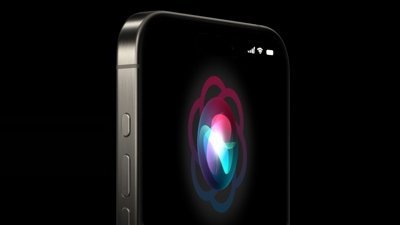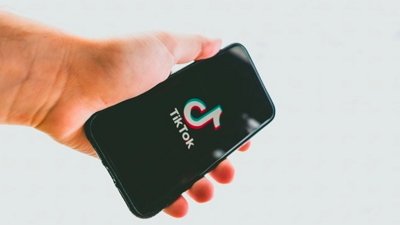Retina Display for iPad 3 would enable precision required for pilots, doctors
Over the past year, an increasing number of airlines have started using Apple's iPad to replace conventional flight bags weighing 40 pounds or more. But regulations restrict the iPad from being used further than a 50-mile radius of the originating and destination airports.
"The charts for the in-route portion of a flight are still too complex to be displayed well on any electronic device," according to FAA spokesperson Les Dorr in a report by MacWorld.
While "about 75 to 80 percent of a flight is done using the autopilot, in conjunction with the flight management system," according to Flight Safety Foundation executive vice president Kevin Hiatt, the ability to use an electronic device to navigate highly complex flight maps could be expanded with the additional resolution in a "Retina Display" iPad.
Other professionals would similarly benefit from such a doubling improvement in resolution, which would pack four times as many pixels into the same screen area. Apple's iPad has already found high end uses in medical imaging, where it is uniquely approved for use by the FDA.
Retina Display likely to be unique to iPad
While alternative mobile platforms such as Android have enabled Apple's competitors to debut features such as larger screens to smartphones, Apple was first to bring a high resolution, "Retina Display" to a mainstream handheld device, and no mainstream Android phones yet offer anything comparable. The company would likely also be unique in bringing a Retina Display to mainstream tablets.
Apple designed iPad to work principally in a vertical, portrait-style orientation similar to a computer screen, while its competitors have largely focused on tablet devices with wide screen orientations more suited to watching movies. While consumers have largely ignored competing tablets as being poorly suited replacements for laptops, consumers, educators and professionals have snapped up tens of millions of iPads for a range of uses from entertainment to serious work.
Adding a Retina Display resolution of 2048 x 1536 pixels to the iPad was first rumored nearly a year ago, and evidence supporting the development has increasingly mounted as the company approaches its third generation of the first successful tablet computer.
Apple has already done the work in iOS to support a potential Retina Display for iPad, preventing the kind of fragmentation that has plagued other mobile operating systems that are generically designed to support anything, but which force developers to account for hardware differences on their own, without tight platform optimization for specific resolutions.
 Daniel Eran Dilger
Daniel Eran Dilger











 Mike Wuerthele
Mike Wuerthele
 Malcolm Owen
Malcolm Owen
 Chip Loder
Chip Loder

 William Gallagher
William Gallagher
 Christine McKee
Christine McKee
 Michael Stroup
Michael Stroup
 William Gallagher and Mike Wuerthele
William Gallagher and Mike Wuerthele






